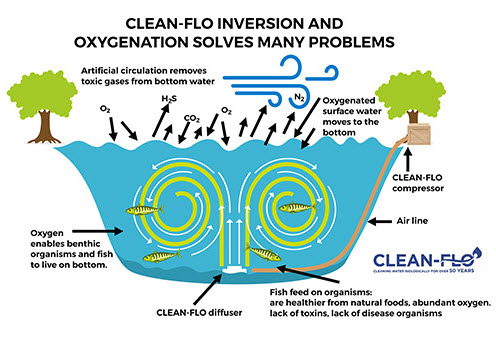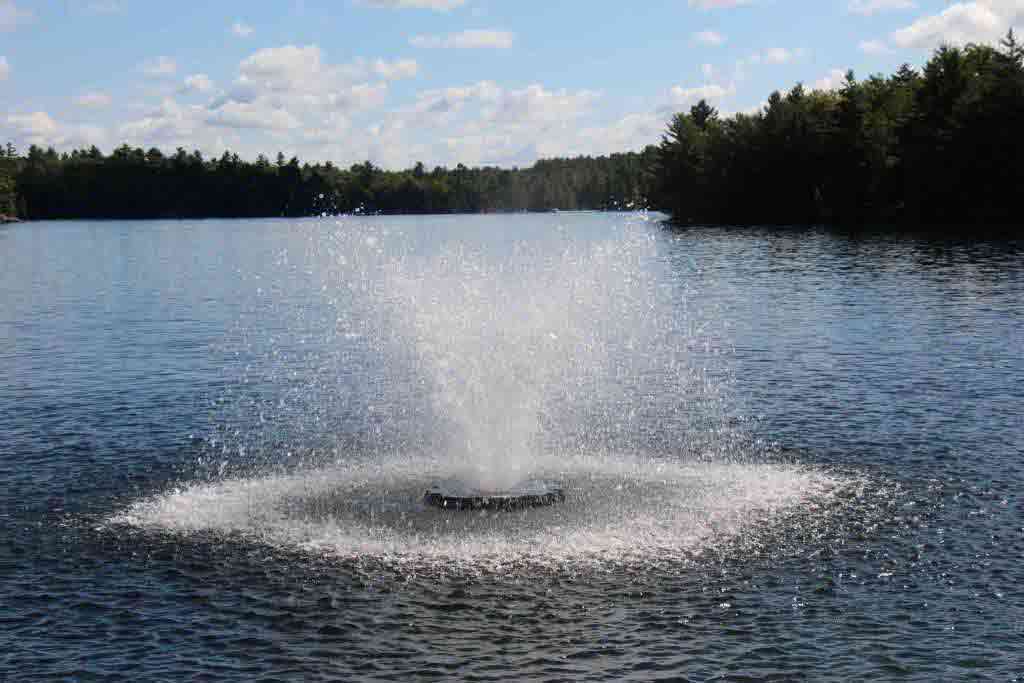Lake Restoration Projects Union County Iowa
We discovered that lake restoration literature is becoming more popular by using ISI Web of Science (a database of scientific papers). We found over 30 publications for the keyword "lake restoration", and each year the number of publications related to the topic increased. We also noticed an increase in the number of publications that included the keywords lake*+restoration, and alum. This shows that these techniques have become more widespread, however we still need more information in order to guide our restoration plans.



